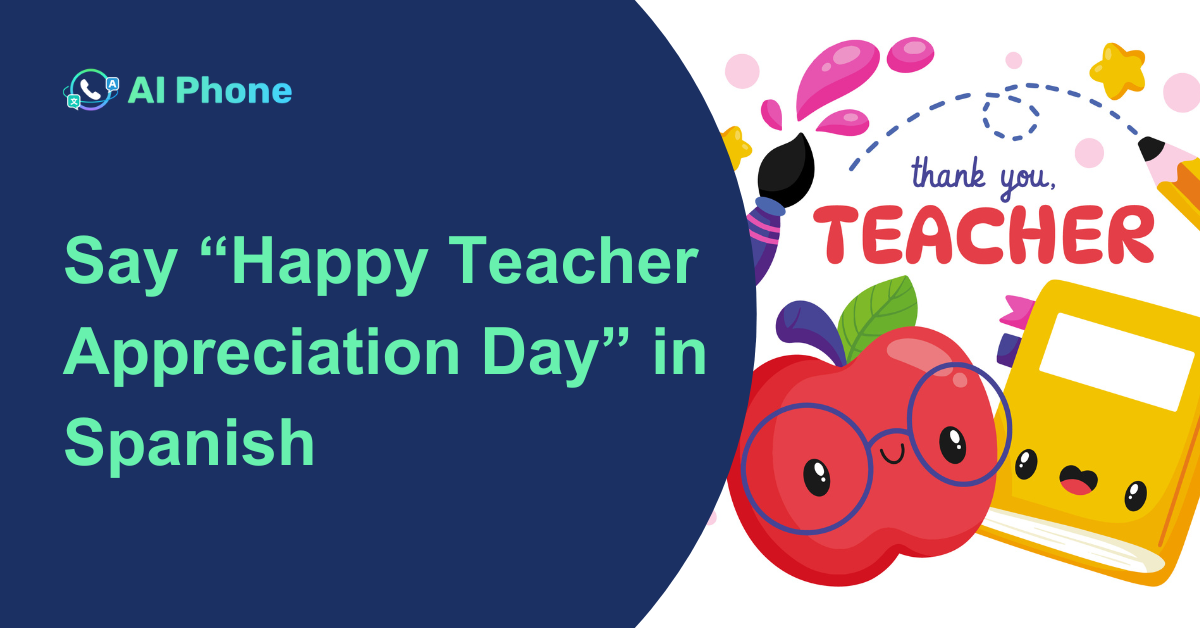Ever wondered why someone from Boston sounds so different from someone in Texas? Or why your British friend pronounces “schedule” differently than you do? It’s all about accents and dialects. But what’s the difference? And why should you care?
What Is an Accent?
An accent refers to the way words are pronounced. It’s all about the sounds—the rhythm, the intonation, and the melody of speech. For instance, someone from New York might drop the ‘r’ sound in words like “car,” making it sound like “cah.” This is a hallmark of the New York accent.
Interestingly, accents can influence perceptions. A survey found that nearly 60% of Americans find the New York accent annoying, with only 10% reporting they trust someone with that accent. In contrast, a Southern drawl was rated 256% more trustworthy and 232% more appealing.
Examples:
- English spoken with an Indian accent vs. British accent
- Spanish spoken in Colombia vs. Spain
- Arabic spoken in Egypt vs. Lebanon
In each case, the grammar and vocabulary may remain relatively stable—but the sound of the language changes.
What Is a Dialect?
A dialect encompasses more than just pronunciation. It includes vocabulary, grammar, and sometimes even syntax. For example, in British English, “biscuit” refers to what Americans call a “cookie,” and “lorry” is the British term for “truck.” These differences go beyond how words are said—they’re about how language is used.
In the United States, linguists recognize over 30 major dialects, with some researchers suggesting it’s impossible to count the number due to the vast regional variations.
Examples:
- Cantonese vs. Mandarin (both are Chinese dialects)
- Mexican Spanish vs. Chilean Spanish
- Swiss German vs. High German
A dialect can sometimes be so distinct that it becomes difficult for speakers of other dialects to understand it—even if they share the same base language.
Key Differences Between Accent and Dialect
Here’s a quick comparison:
| Feature | Accent | Dialect |
|---|---|---|
| Focus | Pronunciation | Pronunciation + Vocabulary + Grammar |
| Changes Meaning? | No | Sometimes |
| Mutual Understanding | Often Yes | Not Always |
| Example | British vs. American English Accent | Mandarin vs. Cantonese |
Why It Matters in Real Life
Accents and dialects are more than just linguistic quirks—they’re markers of identity. They can indicate where you’re from, your social background, and even your education level. In fact, accents can influence how people perceive you. A study found that individuals with certain accents are often judged as more trustworthy or more intelligent based solely on their speech patterns.
Imagine this:
- A Chinese immigrant in the U.S. is fluent in Mandarin but is speaking with a Cantonese-speaking local doctor. Though both are speaking “Chinese,” they might not fully understand each other.
- A truck driver from Colombia is using Spanish to call a vendor in Spain, but unfamiliar dialectal terms create confusion in delivery details.
- A Scottish customer service representative speaks fluent English, but a new immigrant finds the thick Scottish accent hard to follow.
In all these cases, communication breaks down not because of language barriers—but because of variation within the language.
📊 Fun Facts
How AI Phone Handles Accents and Dialects
Here’s the thing: with so many accents and dialects, understanding each other can sometimes feel like decoding a secret language. Many translation apps can handle standard speech well, but struggle with accents, slang, and mixed-language speech. This is where AI Phone Translator really stands out.
Its advanced AI model has been trained on millions of real-life conversations, across 150+ languages and a huge variety of regional accents. That means it can recognize subtle pronunciation differences—like the Southern “r” in English, the rolled “r” in Spanish, or the tonal nuances in Mandarin—and translate them accurately in real time.
It doesn’t stop at standard speech, either. Slang, idioms, and informal phrases, which often trip up other translation apps, are recognized and rendered naturally. For instance, phrases like “gonna grab some grub” or “estar de vuelta” are understood in context, not just word-for-word.
The app also offers features like:
- ✅ Live Phone Call Translation
- ✅ Voice and Video Call Translation for Apps like WhatsApp
- ✅ Instant Voice and Conversation Translation
- ✅ Camera and Text Translation
Conclusion
Understanding the difference between accents and dialects enriches our appreciation of language diversity. Whether it’s the sing-song quality of a Southern accent or the unique vocabulary of a regional dialect, these variations add color and character to our communication.
So, next time you hear someone say “y’all” or pronounce “water” as “watah,” you’ll know it’s not just how they speak—it’s a part of who they are.

